Relationships and Connection Build Confidence in Teens
As the spring approaches, our students take part in events that showcase their many achievements throughout the year: our annual Art Show, the...
3 min read
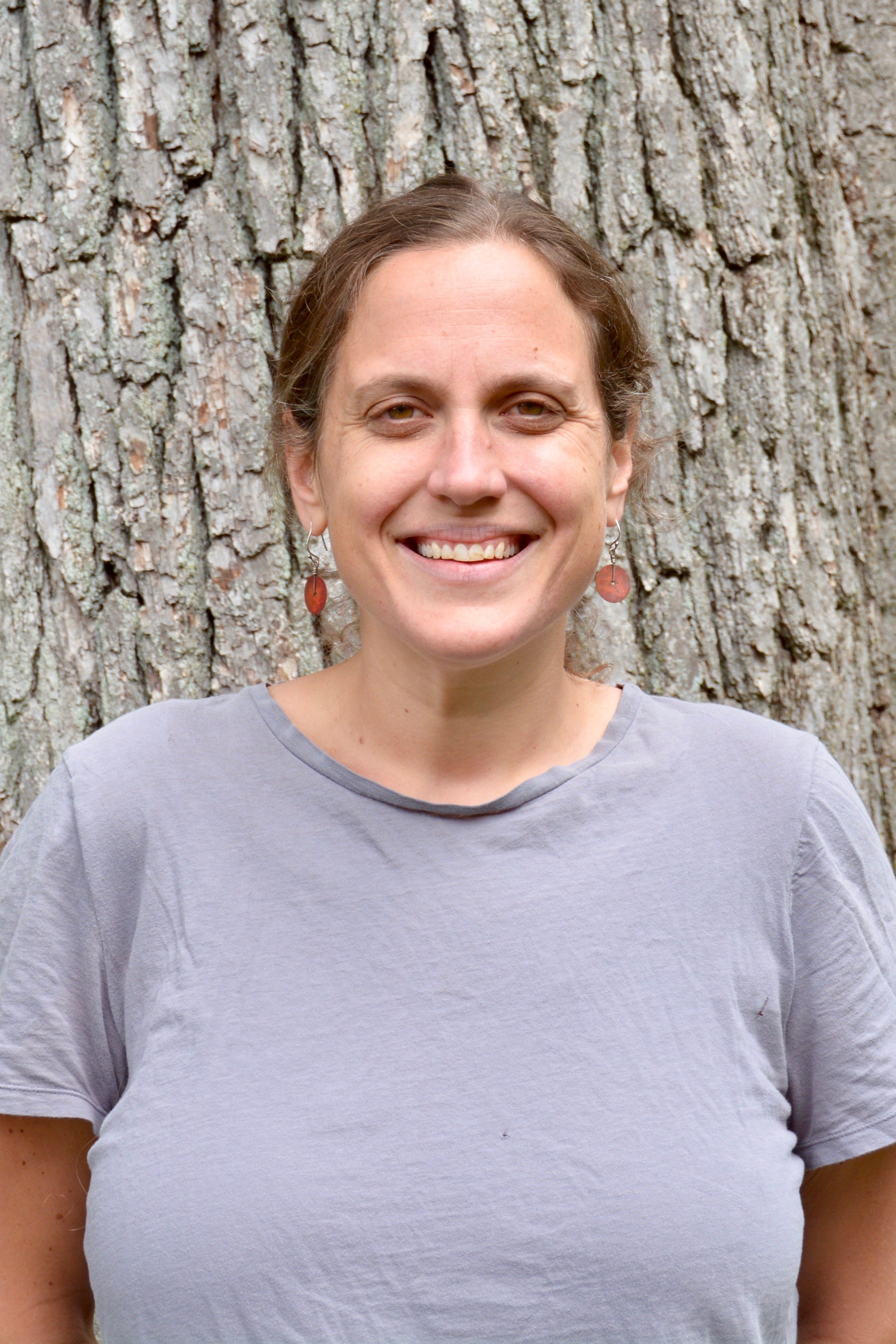 Abbey Baker
:
October 20, 2022
Abbey Baker
:
October 20, 2022
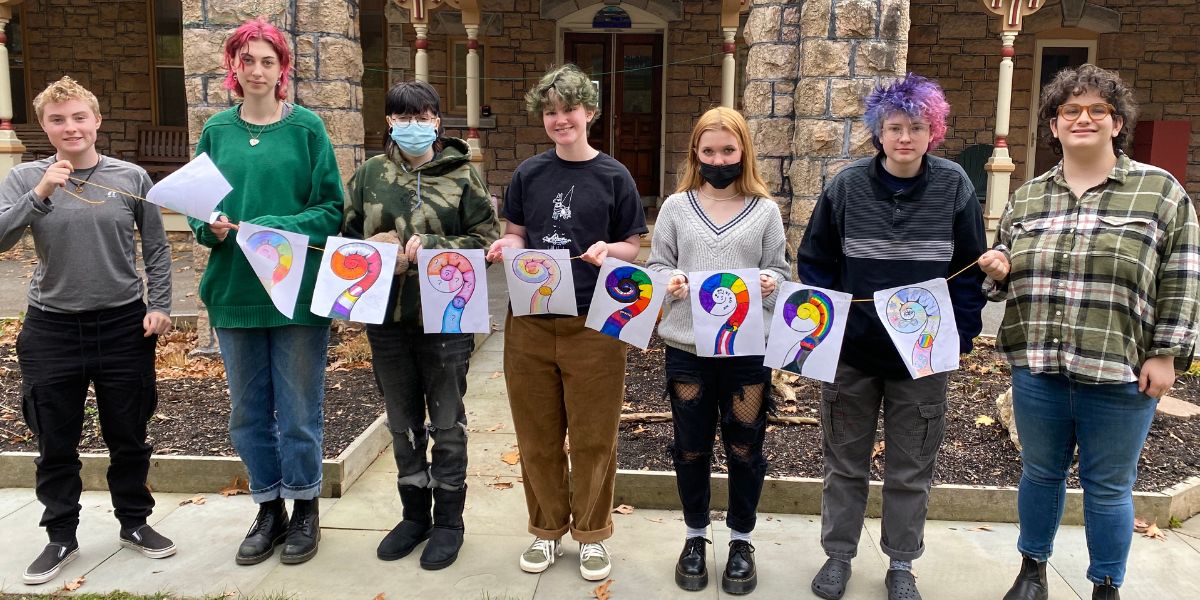
During adolescence, many students struggle to see their worth and value and have had experiences where they did not feel they belonged in school. It is a crucial time, as students grow into their full selves, for all young people to feel accepted for who they are. How can older adults help teens help each other to create a place where feeling a sense of inclusion and belonging is the norm?
In our residential program and classrooms at Rock Point School, we work to provide opportunities for students to create the kind of community to which they want to belong. For many students, this is work they’ve always been a part of, regardless of where they go to school. For others, this is a new environment, and they are learning how to create an inclusive community for the first time. One of the primary goals of each school year at Rock Point is to create an environment where every student experiences a sense of belonging and inclusion.
Our first step in creating inclusivity is helping students understand that a community is what you make it; if they want to feel a sense of belonging, they must offer the same to their peers. We do this in many ways, including hosting a weekly Community Meeting, where student facilitators plan ways to bring the community together and brainstorm topics that all students can discuss. In addition to Community Meetings, students have weekly dorm floor meetings and activities, which explicitly foster a shared responsibility for the school culture. In our advising conversations, lunch table conversations, and in classrooms, we frequently talk with students about the way they are contributing to making a school that feels safe and welcoming to all.
"There is no magic in helping people feel like they belong, although belonging can feel magical, especially to those who have not experienced belonging in an authentic way." - C.J. Spirito, Head of School
We also work to create programming that fosters a sense of belonging for all students. An ongoing highlight is our Gender & Sexuality Alliance, which was ten students strong last year. Here, students not only create a safe space to discuss issues related to gender and sexuality, but they also discuss how to make the school as inclusive as possible. During one meeting this year, the group wrote letters to other Gender & Sexuality Alliance clubs in Florida after the “Don’t Say Gay” laws were passed. Students wanted to send support, acceptance, and love to others who might not live in an inclusive community. This year, we aim to keep this club going as a place for LGBTQ+ students to talk with and support each other.
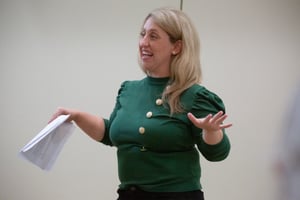
Last year, we also hosted alumna Pamela Schuller ‘05 at school to talk with our community about diversity & inclusion, specifically around students with disabilities. As a diversity and inclusion advocate and speaker, Pamela has worked with organizations like Google and Disney, as well as schools and camps around the country. Pamela met with students, staff, and parents to discuss what we do at Rock Point, her own experiences as a student here, and how we can make Rock Point an even more inclusive place for everyone. We hope Pam will return to campus soon to work with our students on storytelling and improv as a way to express and celebrate who they are!
While these special events highlight belonging and inclusion, those ideas are also baked into our day-to-day programming. We love celebrating students for their positive contributions, big and small. Whether publicly thanking a student for doing a great job mopping the floor during work crew or giving them an award for academic growth on the Night of Recognition, we seek to find ways to acknowledge students for their progress and hard work in all areas of their lives. As a result, students feel seen at Rock Point School. This sense of being seen and celebrated for who they are creates a sense of belonging, and each student can see the many ways they contribute to the community.
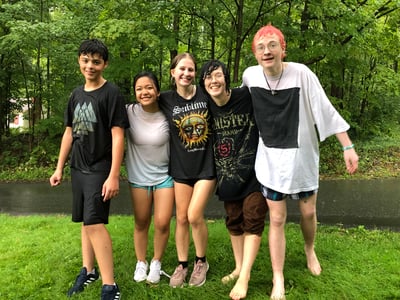
This year we are also working with consultant Keiba Bragg-Best, who is helping us identify action steps toward our Diversity, Equity, and Inclusion goals, as well as helping us hold ourselves accountable to those goals. While some work is “behind the scenes” with staff, we also look to our students for their advice and guidance on practicing an inclusive strength-based approach from which they can learn and grown on a daily basis.
As C.J. said in a recent staff meeting, “Our students demand action and accountability from us, even when our instinct may be to go slowly and cautiously forward. They know we can and should move with urgency.” We look forward to another year of creating a school where all students feel they not only belong, but are celebrated.
Diversity, Equity and Inclusion for Youth, (includes accessible definitions), by H. Walker, Boys & Girls Clubs of America
Inclusive and exclusive belonging –the impact on individual and community well-being, by Sue Roffey. Educational & Child Psychology Vol. 30 No. 1. [PDF]
Teens and Adoption: Identity, Inclusion, and Independence, by CJ Spirito
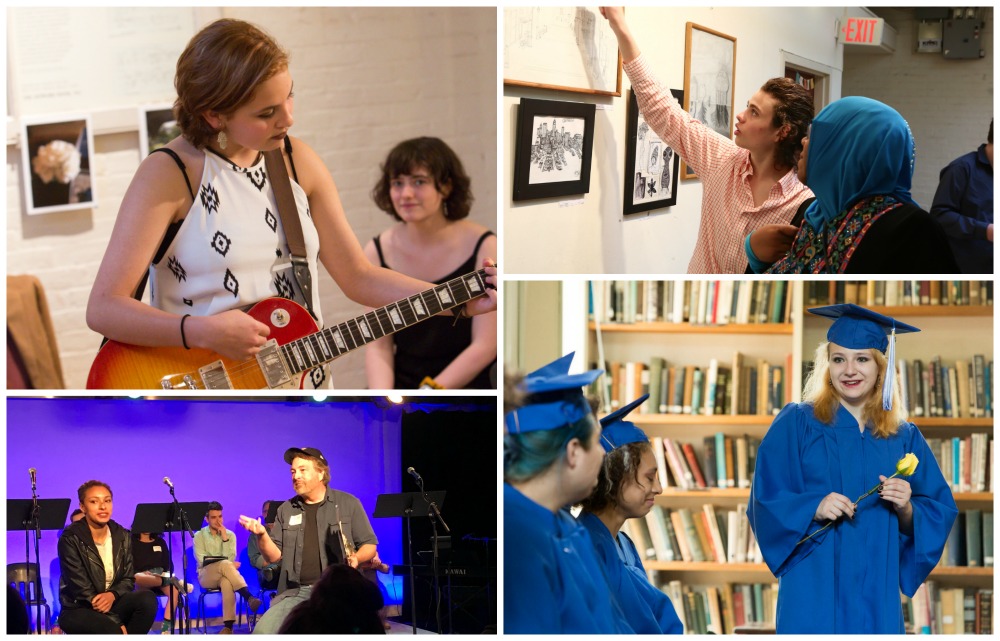
As the spring approaches, our students take part in events that showcase their many achievements throughout the year: our annual Art Show, the...
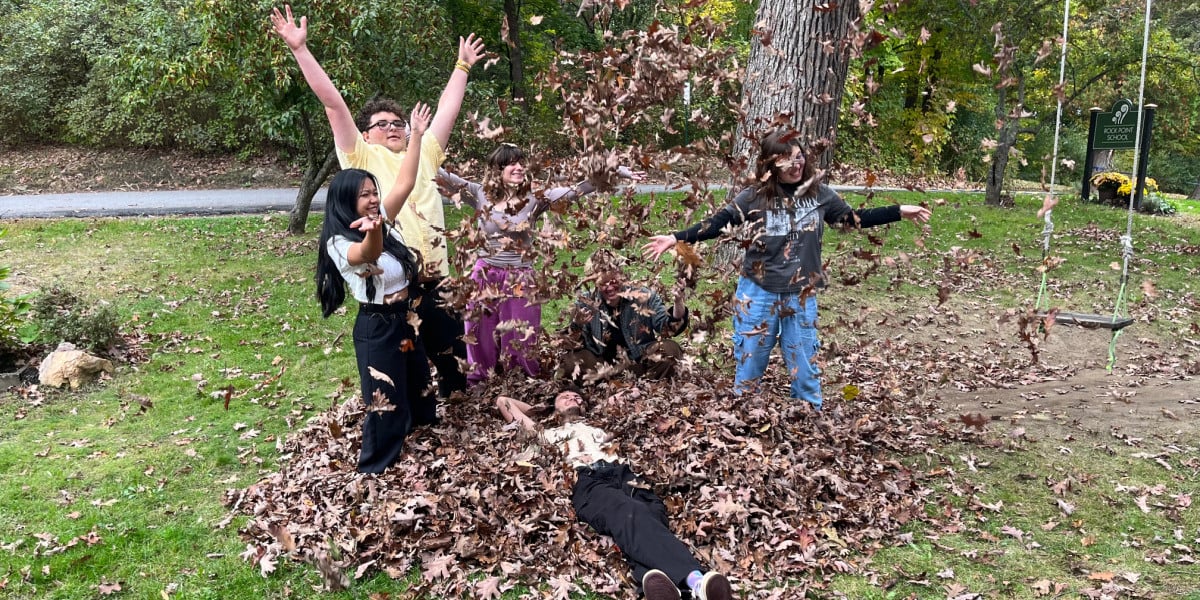
Adolescence is a time of enormous growth and self-discovery. As teens navigate who they are, how they fit in, and what matters to them, they need...

Our school has always been an open and affirming place for students with a wide diversity of identities and backgrounds. In our small, warm,...

In October, we hosted a discussion with local therapist and adoption specialist Benjamin Houchen on Adoption and Adolescents. We invited families in...